Earlier this year, I was thinking what we might do for an experience. Somewhere out of the blue Havana, Cuba popped into my head. Are Americans allowed to go there? – Back to the internet to get the answer.
The major allowance’s for Cuba travel fall under work-related reasons. Journalists, performers, and athletes can enter Cuba. That’s not me. – I studied further. I found that individuals can get a special people-to-people visa. You must participate in a person to person cultural and educational experience – talk one-on-one with Cubans. Cruise ship companies saw great opportunities. They organized people-to-people tours. I contacted Norwegian Cruise Line. Two months later we were in Havana.
I listed a few things I thought I wanted to see in Havana:
- Cigars making
- Rum making
- What did they do with all the money Russia gave them
- Why do the they have classic cars
- How many books did Fidel write
- Gotta see those dancing-girls
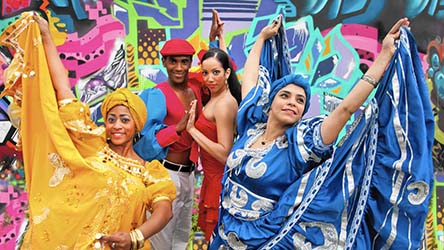
- What are those faces on Revolution Square buildings

8. The flag. The three blue stripes represent the three departments of Cuba at the time , the white are for ideals of liberty, equality and fraternity: red for the blood shed and the courage; the star was the new state that should be added to the United States.
I saw all eight of them.
It is what I did not see that will prompt a second trip – I did not see the invisible – What growing up free in the United States and growing up under Castro did to the biased way we two people-to-people think, feel, and respond.
To get around our biased thinking I suggest we ask Cuba’s unbiased National bird to host our unbiased National bird – The Cuban Trogon and the American Eagle. So, just to entertain you, I doctored my camera photos a little – read on!
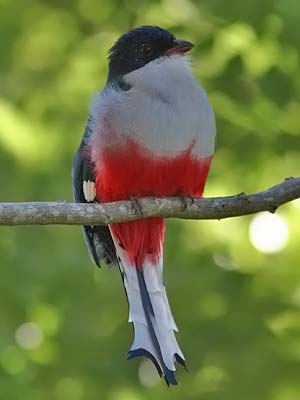
I grew up free – living in our democracy while Cubans, my age, lived under quite different forms of government.
My communities were isolated and independent – the people of the community set the rules – no outsider set the rules: In a 200 year old Brethren community, in the one-culture IBM corporate culture, in an Island 12 miles out to sea Block Islander’s ruled their Island, Texas Hill Country ranchers all lived one-way for 150, Drummond Island families lived as “Islanders” since 1850. Each of my communities had it’s rulers that evolved from the community – whether elected or self-appointed, they ruled – but they ruled according to the free-culture set in place in 1776 by the winners of our American revolution.
Cuba sets it’s own rules. Whether Castro is self-appointed or elected is not my intended future study – what I want to study is how do people think, feel, and respond as a result of the Castro communism and Batista’s dictator rules.
But for now – my camera saw two birds touring Havana (Trogno and Eagle) – know as “Tro” and “Eag”:
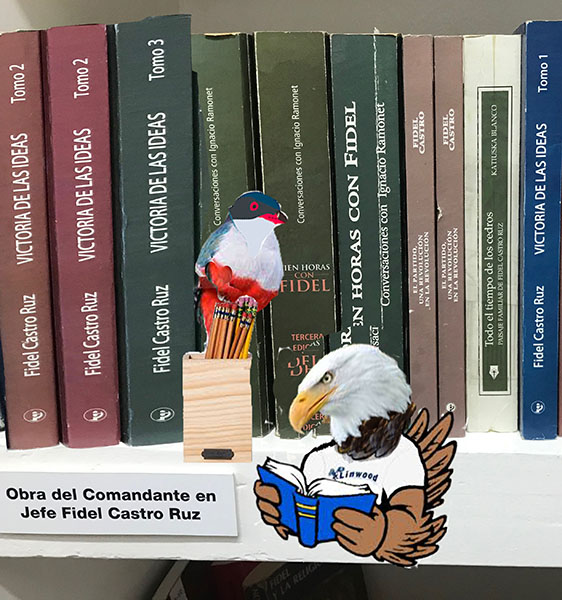
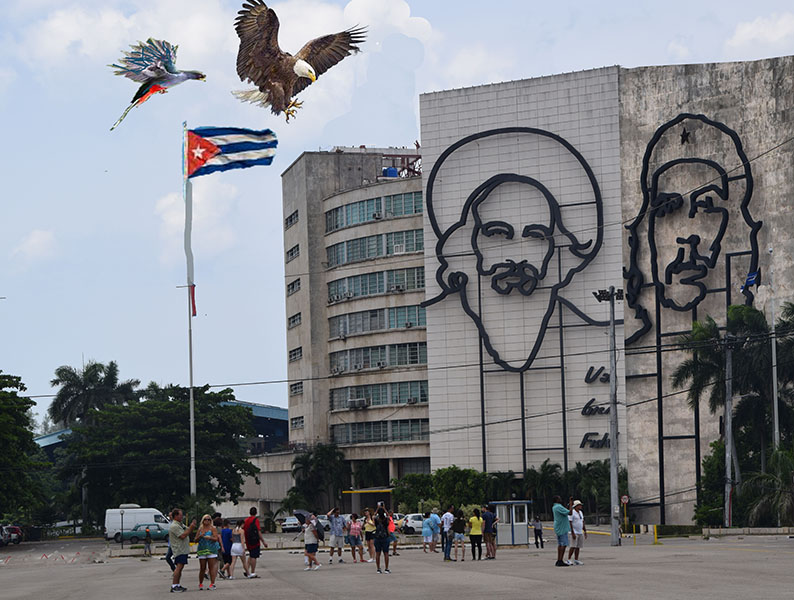
The square is notable as being where many political rallies take place. The square is dominated by the José Martí Memorial. Located behind the memorial is the Palace of the Revolution, the seat of the Cuban government and Communist Party.
The Ministries of the Interior building , whose facades feature matching steel memorials of the two most important deceased heroes of the Cuban Revolution: Che Guevara, with the quotation “Hasta la Victoria Siempre” (Until the Everlasting Victory, Always) and Camilo Cienfuegos, with the quotation “Vas bien, Fidel” (You’re doing fine, Fidel).
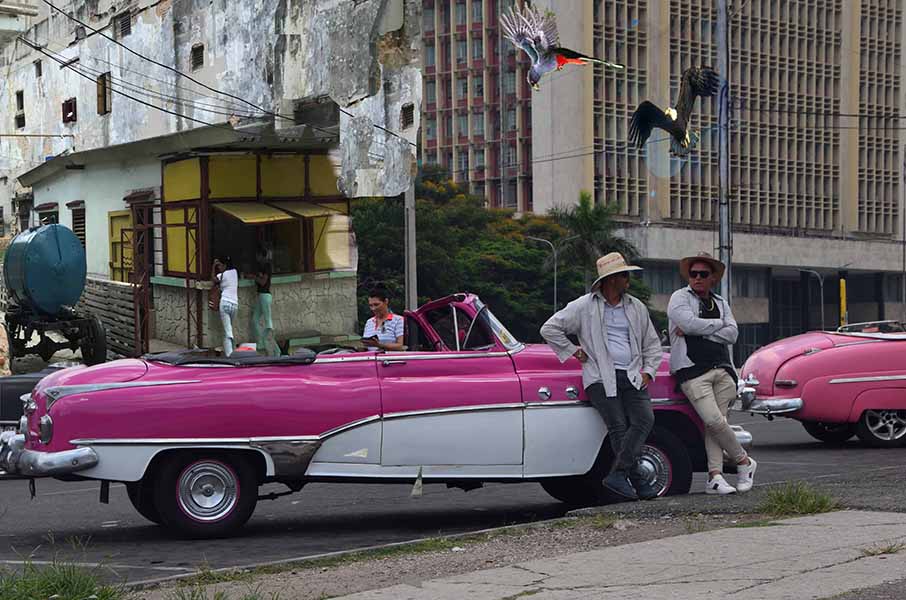
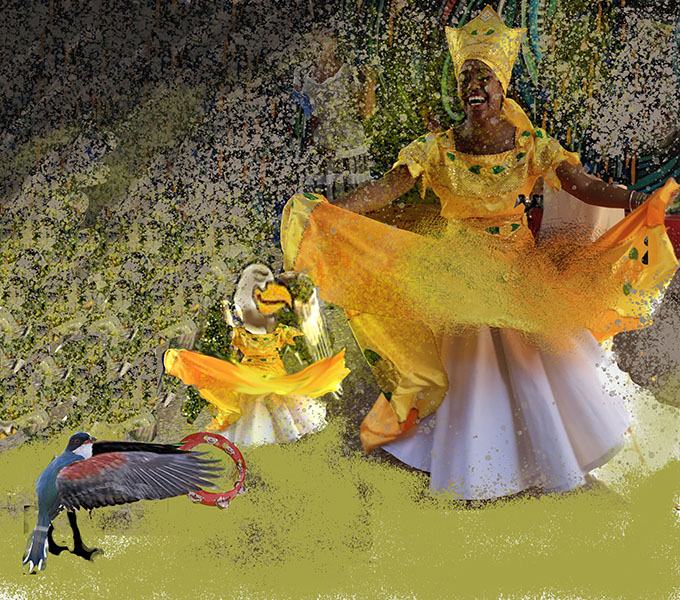
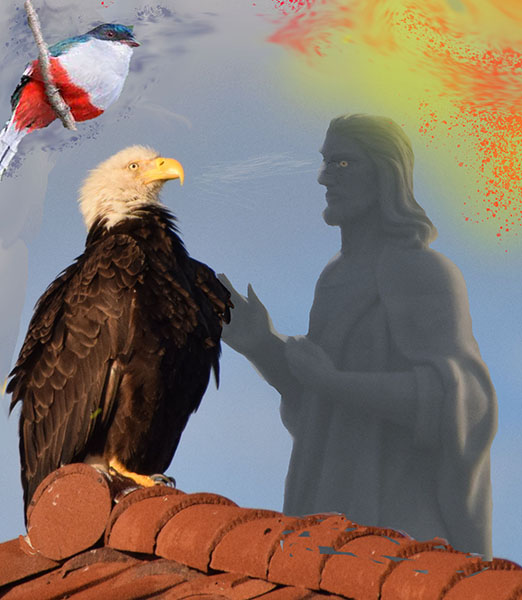


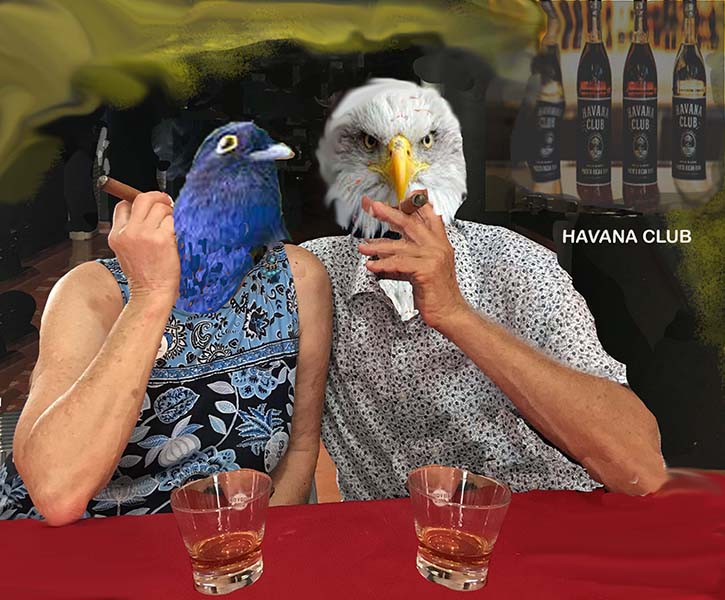
The Bacardis made it out all right; they had anticipated the government takeover, so had stashed their intellectual property offshore. They also had distilleries in Mexico and Puerto Rico, so relocation was easy. The Arechabala family, however, did not. They moved to the U.S. and had to start over, never gathering enough resources to restart a rum business and always harboring a grudge against the Castro Administration. The government now owns their brand” Havana Club.”
This has been one visible story of my Cuba trip – If I do a second one – I will look for the invisible – What growing up free in the United States and growing up under Castro and Batista did to the biased way we two people-to-people think, feel, and respond.

Yes, college is free in Cuba but only after you have Political Clearance: Students must be cleared by the Committee for the Defense of the Revolution before they are allowed to take the university entrance examinations. Students demonstrating good political standing in relation to their Communist beliefs receive a letter of approval allowing them to take college entrance exams. Students with a “poor” political standing may be “blacklisted” from furthering their education.
Leave a Reply